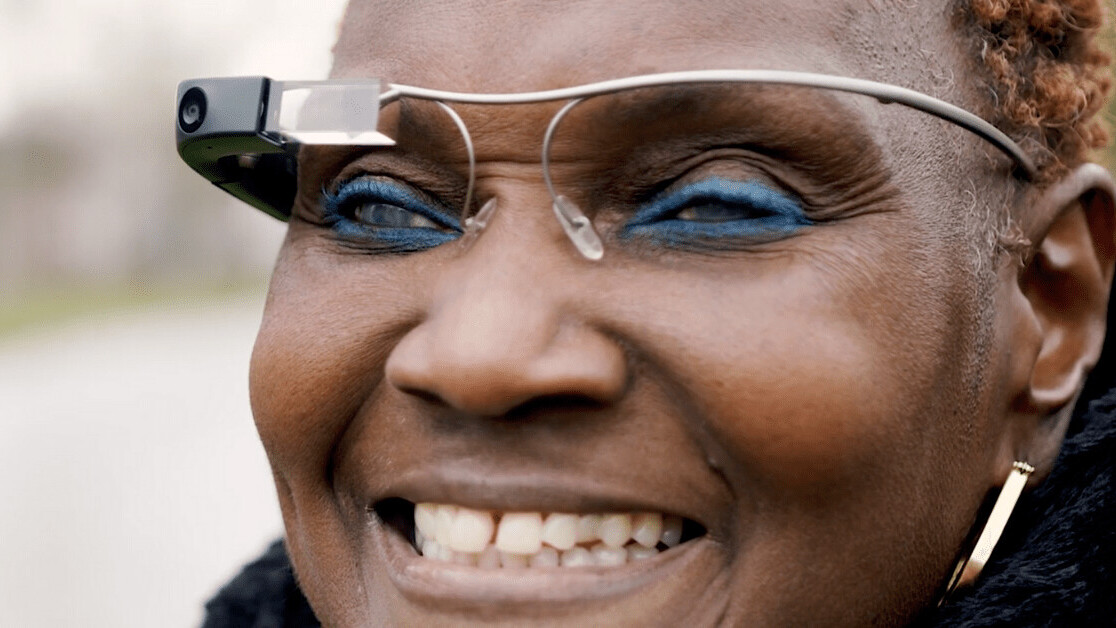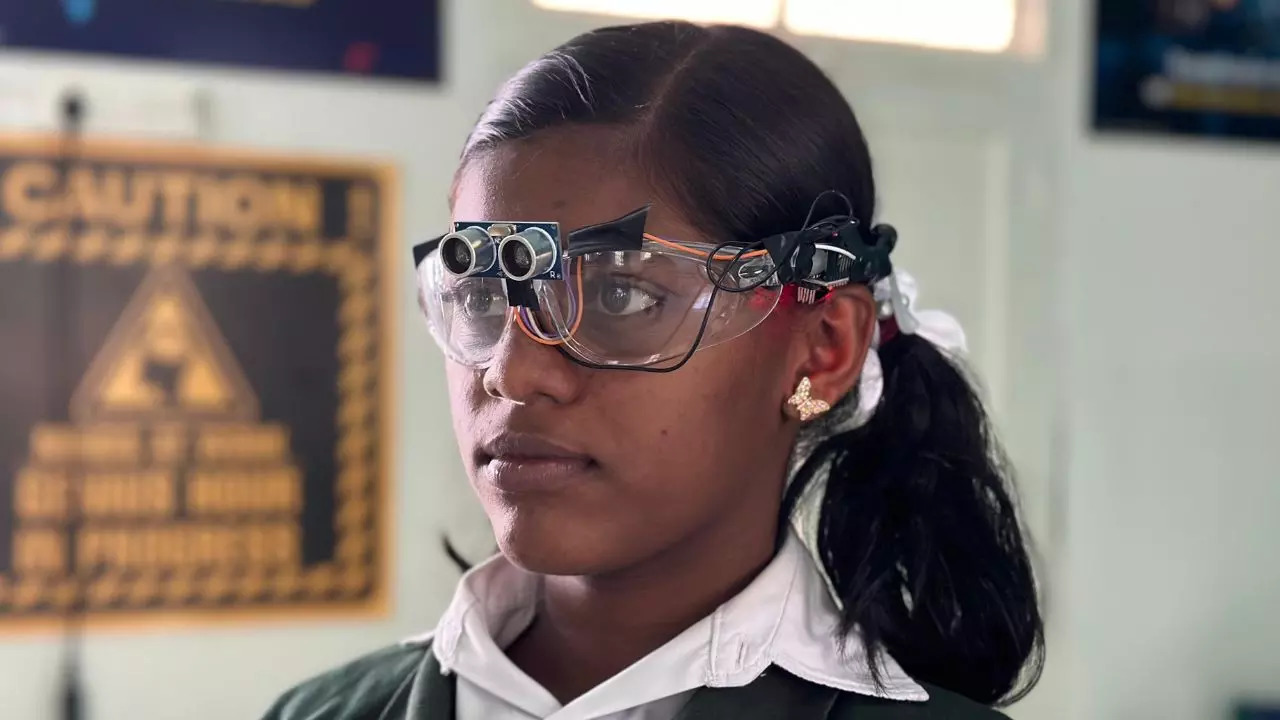Discover Advanced Assistive Tools for Individuals With Aesthetic Problems
The landscape of assistive technology for people with aesthetic disabilities is progressing rapidly, presenting a range of ingenious devices that boost freedom and involvement (Braille displays and notetakers). From wise glasses that perfectly merge aesthetic input with auditory assistance to advanced navigation applications that redefine spatial recognition, these devices are reshaping possibilities. The most current developments in Braille technology and voice-activated systems considerably add to accessibility. The effects of these advancements prolong much beyond plain capability; they test standard understandings of impairment and independence. What might this indicate for the future of addition and support?
Smart Glasses Innovations
Smart glasses represent a significant advancement in assistive modern technology for people with visual disabilities. Equipped with sensors and cameras, wise glasses can catch real-time visual details, which is after that processed and communicated to the individual through audio feedback or haptic sensations.
Additionally, innovations in expert system have additionally improved the abilities of smart glasses. Device knowing algorithms can identify faces, reviewed text, and determine objects, making them important tools for daily jobs. Individuals can receive auditory hints that offer context concerning their setting, promoting freedom and confidence.
Additionally, the ergonomic layout and lightweight nature of numerous wise glasses make them ideal for prolonged usage, ensuring comfort while boosting performance. As these devices proceed to develop, they hold the possible to change the way individuals with aesthetic disabilities experience their lives, connecting the space in between access and modern technology. The ongoing study and development in this field promise to broaden the possibilities for smart glasses, making them a crucial element of modern-day assistive gadgets.
Navigating Application and Equipment
Many navigating apps and devices have become important sources for people with aesthetic problems, considerably enhancing their capacity to go across strange settings. These innovations utilize general practitioner performance, audio hints, and real-time data to supply individuals with accurate navigation support.
One popular example is the Aira application, which connects customers to skilled representatives who can provide aesthetic descriptions of environments and navigating support through a real-time video clip feed. This solution enhances the user's spatial recognition and confidence while navigating. One more remarkable device is Seeing Eye GPS, which supplies voice-guided navigation and points of rate of interest, enabling customers to gain access to crucial information concerning their environments.

As modern technology remains to advancement, the development of much more advanced navigation devices assures to further empower people with visual impairments, facilitating smooth movement and integration right into diverse settings. Such technologies contribute in promoting a more comprehensive society.
Braille Technology Improvements
In recent times, innovations in Braille technology have actually dramatically transformed just how individuals with visual disabilities gain access to info and involve with my link the world around them. The development of mobile Braille display screens has actually reinvented reading by enabling users to attach wirelessly to tablets, computer systems, and mobile phones. These gadgets transform text right into Braille in real-time, allowing seamless communication with digital content.
Moreover, ingenious Braille printers the original source have actually arised, improving the manufacturing of tactile materials. Modern embossers are quicker and extra efficient, permitting for the quick development of Braille papers and educational materials. This performance minimizes the moment and price connected with producing Braille resources, making them more available to companies and colleges.
Additionally, the assimilation of Braille with various other technologies, such as synthetic intelligence and device learning, has actually opened up brand-new opportunities for tailored knowing experiences. Voice acknowledgment and synthesis technologies can complement Braille, offering an inclusive method to information dissemination.
As the demand for comprehensive education and learning and office environments grows, these technical innovations play an important role in empowering people with aesthetic disabilities, guaranteeing they have equivalent access to information and chances in various aspects of life.
Wearable Gadgets for Freedom
An expanding selection of wearable gadgets is improving freedom for people with visual disabilities, supplying ingenious options that enhance navigating and daily living. Braille displays and notetakers. These devices utilize sophisticated technologies to offer real-time feedback and assistance, promoting freedom in different environments

Wearable innovation additionally consists of smartwatches that can be programmed with availability attributes, enabling individuals to get alerts, track their places, and even require aid with the touch of a button. Some gadgets integrate fabricated intelligence to analyze the environment, offering sound descriptions of neighboring objects or individuals.
Voice-Activated Assistive Solutions
Leveraging voice-activated assistive options has transformed the landscape of assistance for people with visual problems, supplying hands-free communication and access to a variety of tasks. These modern technologies make use of all-natural language handling and expert system to make it possible for users to carry out day-to-day activities with easy voice commands.

In addition, recent advancements in voice acknowledgment accuracy have actually improved the customer experience considerably, suiting diverse from this source accents and speech patterns. This inclusivity makes sure that more people can benefit from these innovations, fostering a better sense of autonomy.
Verdict
In verdict, the development of advanced assistive devices dramatically enhances the self-reliance and quality of life for people with visual problems. Technologies such as clever glasses, navigation applications, Braille technology, wearable devices, and voice-activated remedies collectively cultivate an even more comprehensive atmosphere. These innovations equip users to navigate their surroundings with confidence and involve more completely with the globe, ultimately advertising higher access and level playing fields for people facing visual difficulties.
The landscape of assistive technology for individuals with aesthetic disabilities is advancing rapidly, providing an array of innovative devices that improve freedom and involvement.Smart glasses stand for a significant improvement in assistive modern technology for people with visual impairments. As these gadgets continue to progress, they hold the prospective to reinvent the way individuals with visual impairments experience their day-to-day lives, bridging the gap between accessibility and innovation.In current years, improvements in Braille technology have significantly transformed exactly how individuals with visual disabilities gain access to info and engage with the world around them. These technologies empower individuals to navigate their environments with confidence and involve even more totally with the globe, eventually promoting greater access and equivalent chances for people encountering aesthetic difficulties.